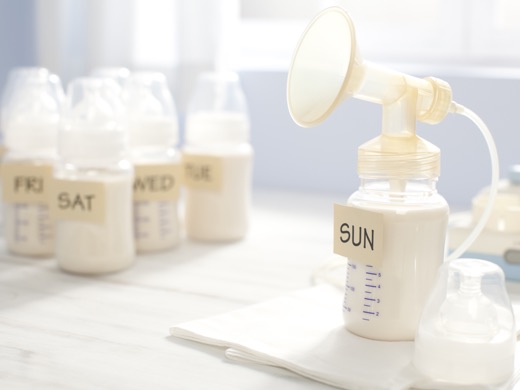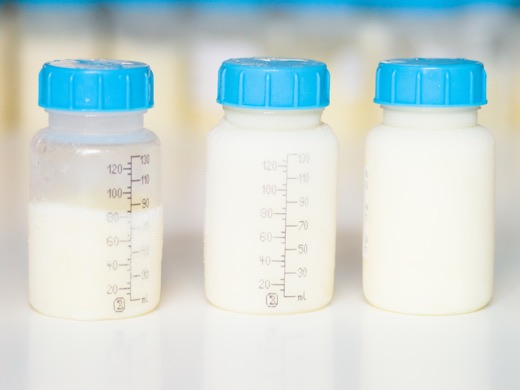Engorgement happens when there is swelling in the breasts as the mature milk comes in, usually about 2 to 5 days after birth. Nursing your baby frequently is the best way to keep your breasts from becoming too full or engorged. Engorgement usually goes away in a few days as your baby breastfeeds.
Engorged breasts feel hard to the touch. They may be warm, tender, or throbbing, and the skin may be stretched tight. The nipple may flatten out, which makes it harder for the baby to latch on.
Here are some tips for relieving engorged breasts:
Before a feeding
- Place a warm, wet towel over your breasts and nipples for a few minutes.
- Gently massage your breasts from the chest wall toward your nipples.
- Hand express or gently pump your breasts to get the milk flowing. This helps to soften your breasts so that baby can latch on.
During a feeding
- Gently massage the breast to increase milk flow.
- If the latch is uncomfortable, remove baby from your breast after a few minutes and help him re-latch. This will make it more comfortable for both you and baby.
Between feedings
- Use cold packs on the breasts—20 minutes on, 20 minutes off—as needed. You can make a cold pack by putting alcohol and water in a zip-lock bag and place it in the freezer. It will remain soft. You can also take a diaper and open one end and place ice cubes in the center and then seal the tapes again.
- Wear a supportive bra at all times. A tight or ill-fitting bra can press on milk ducts and make it harder for those ducts to empty.
- Talk to your doctor about taking ibuprofen or another medication to relieve pain and swelling.




